Produce Industry Cries Foul On Latest ‘Dirty Dozen’ Listing
[blackoutgallery id=”130072″]
-
-
1 of 12
12. Cucumbers
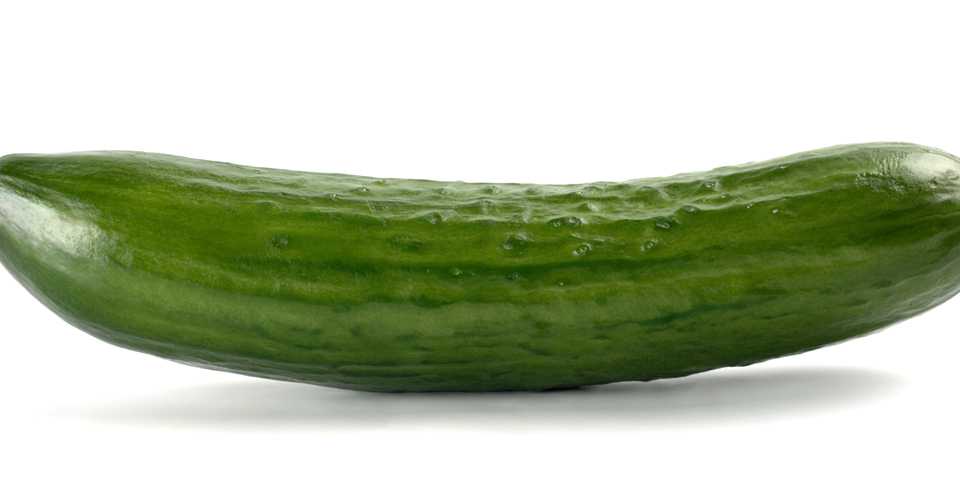
-
2 of 12
11. Cherry Tomatoes
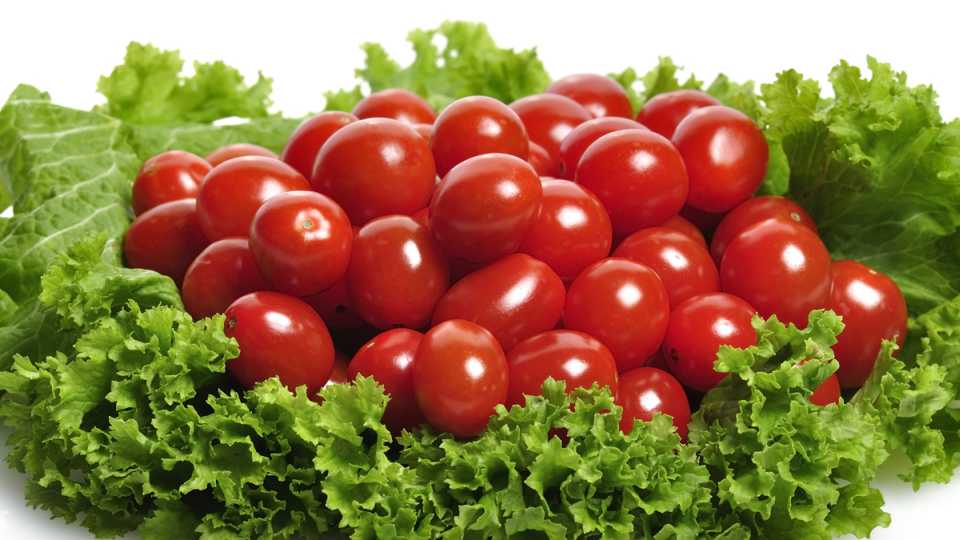
-
3 of 12
10. Sweet Bell Peppers
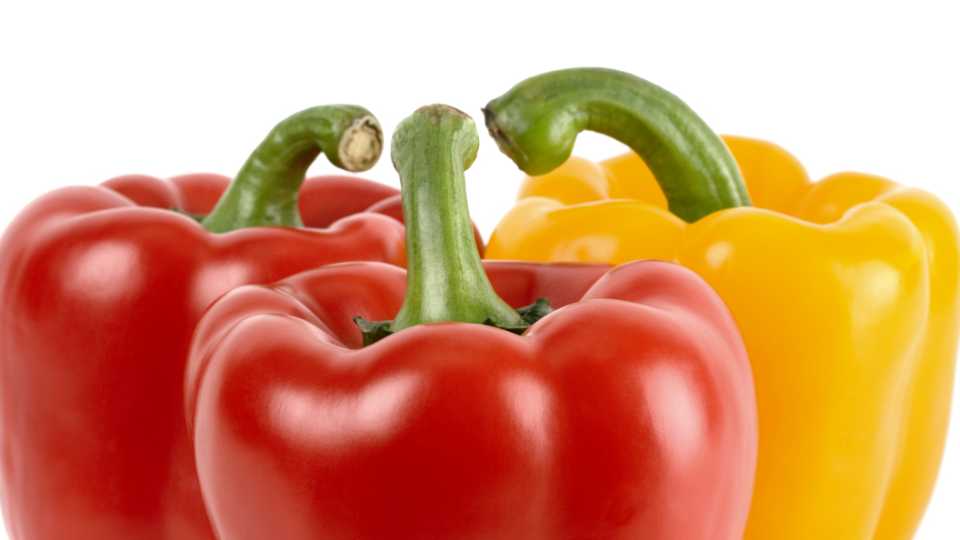
-
4 of 12
9. Tomatoes
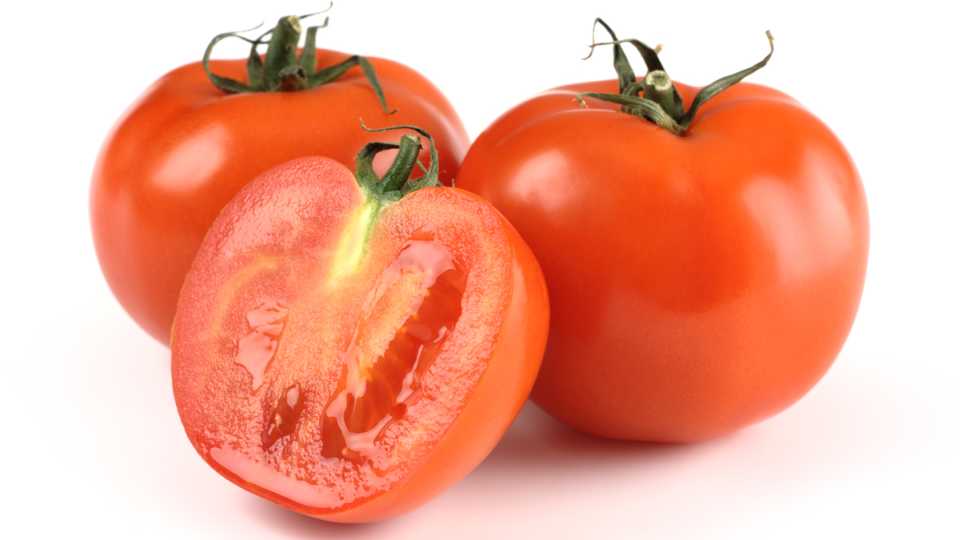
-
5 of 12
8. Spinach
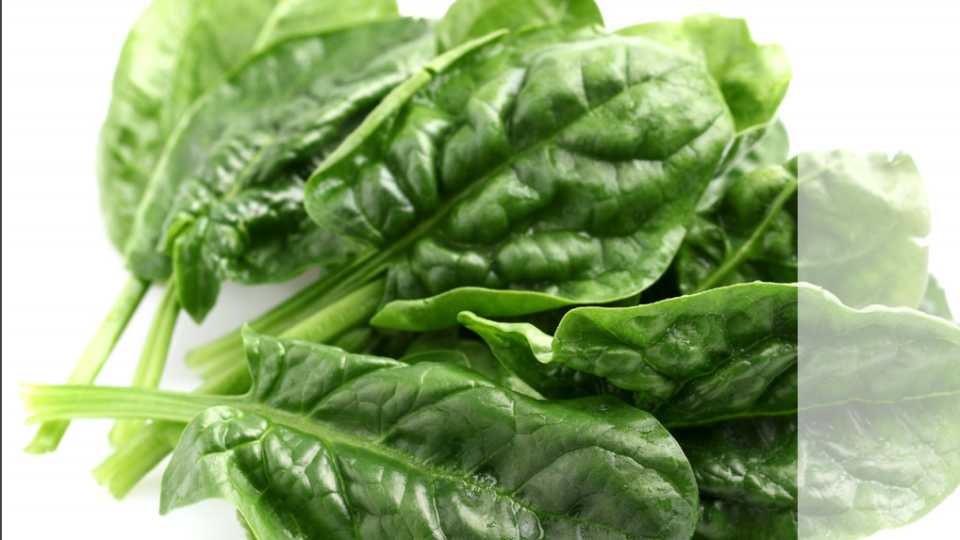
-
6 of 12
7. Cherries
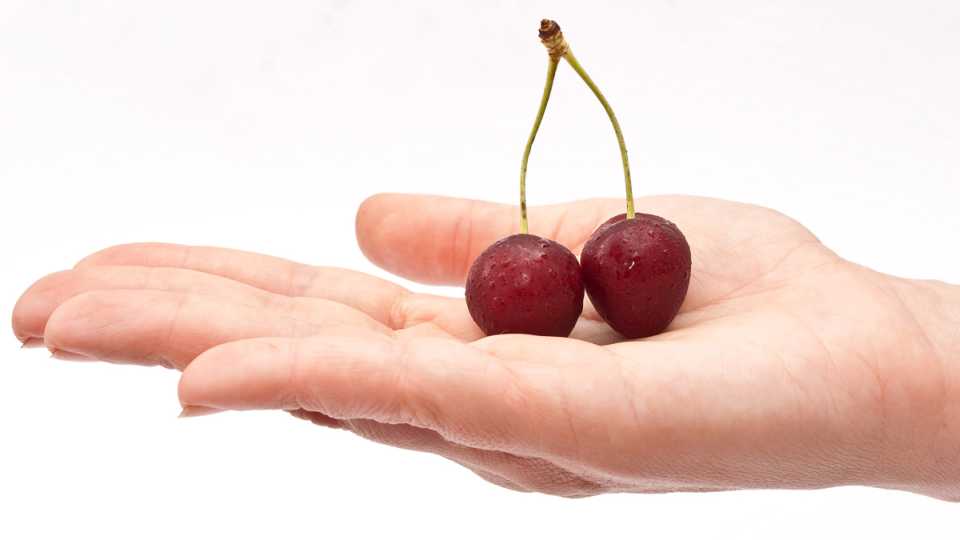
-
7 of 12
6. Grapes
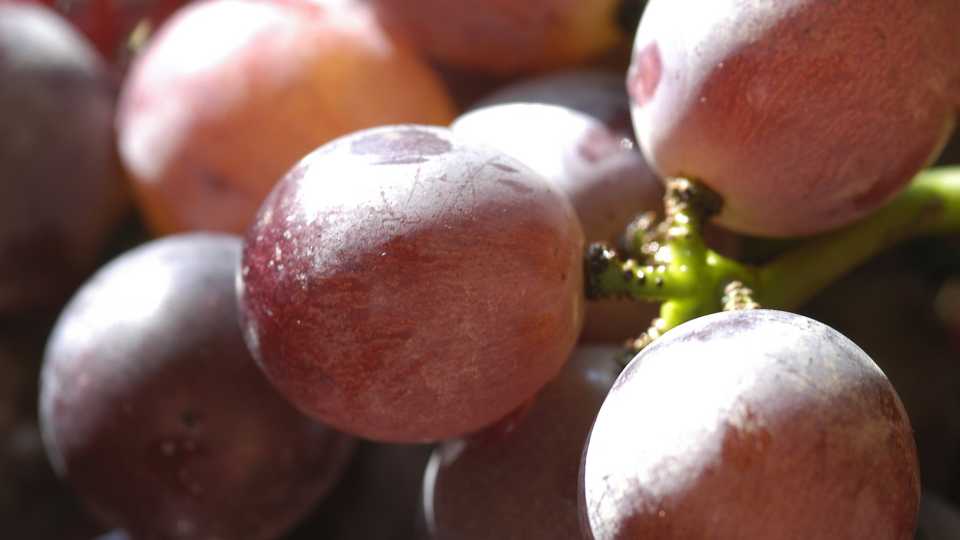
-
8 of 12
5. Celery
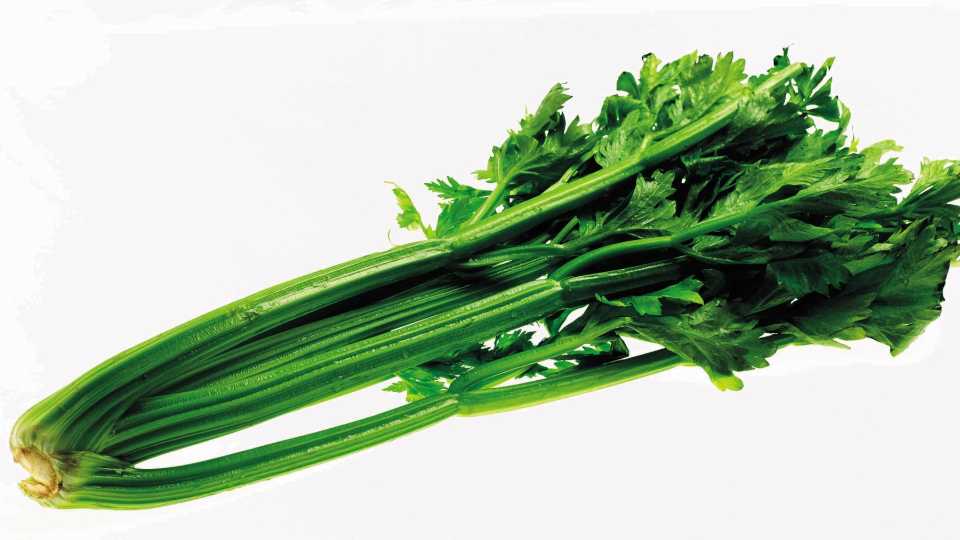
-
9 of 12
4. Peaches
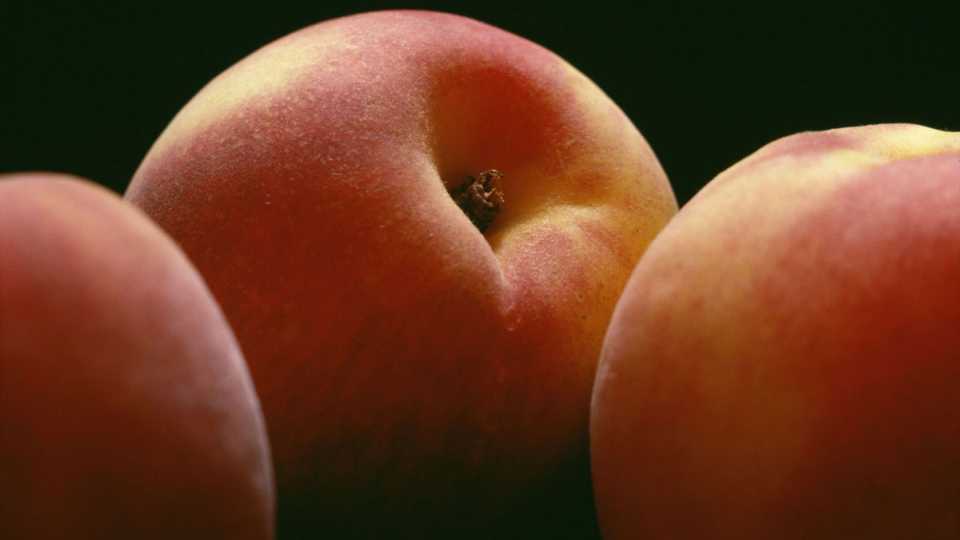
-
10 of 12
3. Nectarines
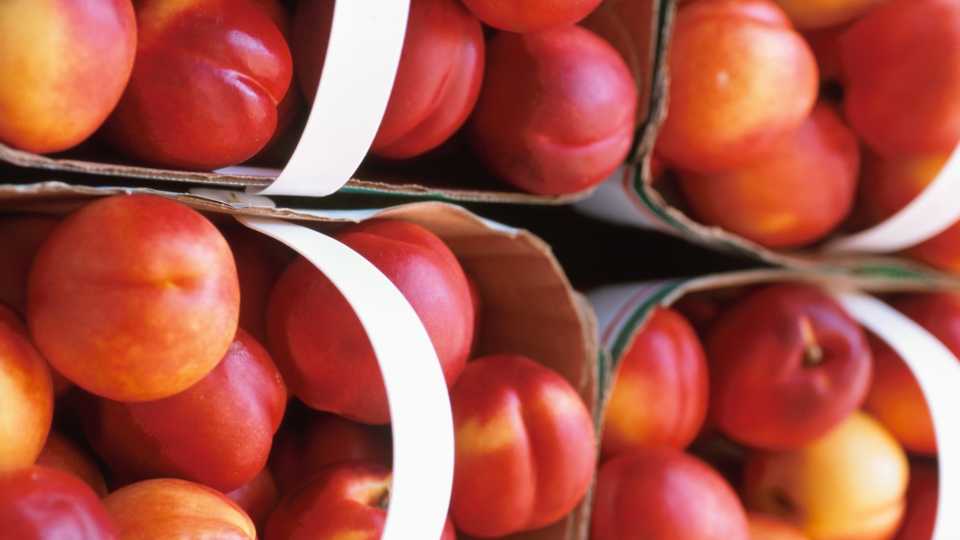
-
11 of 12
2. Apples
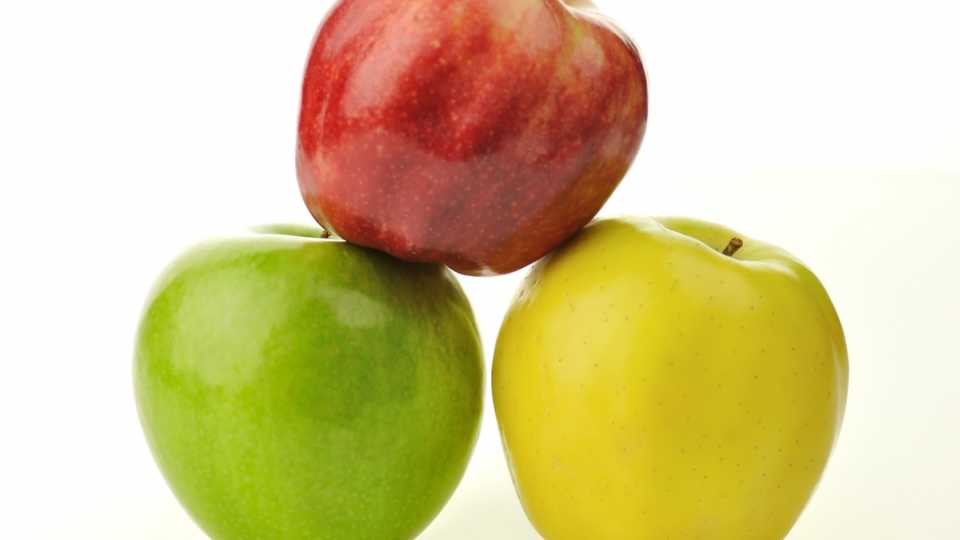
-
12 of 12
1. Strawberries
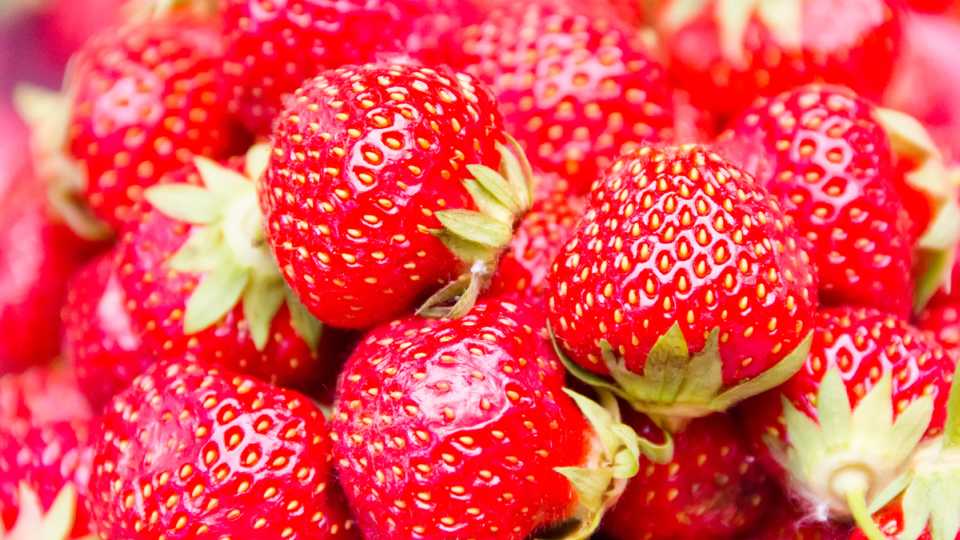
View all
12. Cucumbers
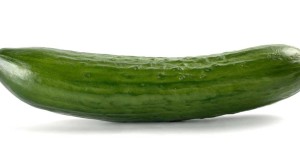
11. Cherry Tomatoes
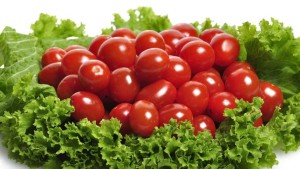
10. Sweet Bell Peppers
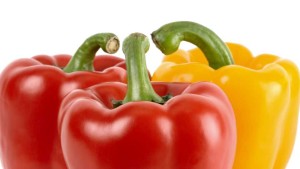
9. Tomatoes
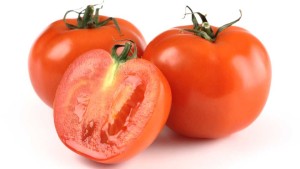
8. Spinach
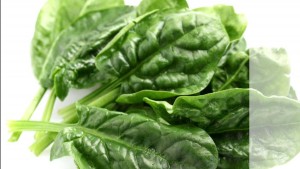
7. Cherries
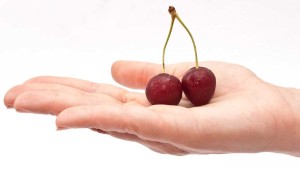
6. Grapes
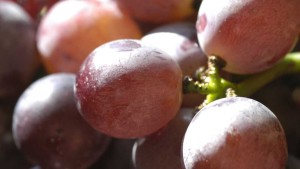
5. Celery
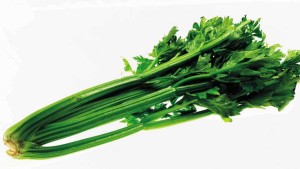
4. Peaches
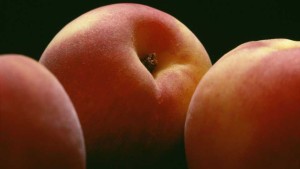
3. Nectarines
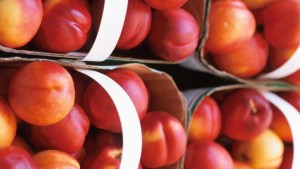
2. Apples
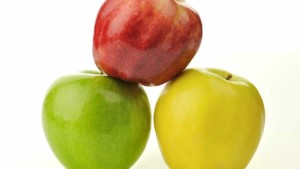
1. Strawberries
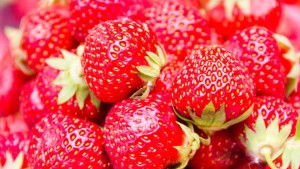
Like it has for more than a decade, the Environmental Working Group (EWG) has issued its annual “Dirty Dozen” Shopper’s Guide to Pesticides in Produce. Per usual, the release is not without some controversy.
For this go-round, the EWG debuted a new item in the No. 1 position. Last year it was apples. According to a statement from the Alliance for Food and Farming, this tactic was simply an attempt to rekindle interest in the often scrutinized guide.
“We aren’t surprised that EWG has a new number one this year,” said Marilyn Dolan, AFF Executive Director. “We even predicted it since media coverage of the ‘Dirty Dozen’ list has fallen dramatically in the last five years and reached an all-time low last year. We also predicted that the new number one would be a popular fruit that is a favorite among children because this is an EWG prerequisite for a number one placement.”
In response, the AFF has issued its annual call for all media to read USDA’s Pesticide Data Program report. It’s the same report EWG claims it uses in developing the “Dirty Dozen” list. This report states that the findings show “residues do not pose a safety concern.”
AFF points out a peer-reviewed analysis of the “Dirty Dozen” list found EWG uses no established scientific procedures to develop the list. This analysis also found EWG’s recommendation to substitute organic forms of produce for conventional forms does not result in a decrease in risk because residue levels are so minute, if present at all, on conventionally grown fruits and vegetables.
“For strawberries, a child could eat 1,508 servings of strawberries in a day and still not have any effects from pesticide residues, which shows how low residues are,” Dolan said.
Along with the “Dirty Dozen,” EWG also lists its “Clean Fifteen Shopper’s Guide to Pesticides in Produce.”
Readers seeking more information on this topic are encouraged to visit safefruitsandveggies.com, a site launched by AFF in 2010 to provide science-based information about the safety of organic and conventional produce.
Subscribe Today For

Paul Rusnak is the Senior Online Editor of American Vegetable Grower, American Fruit Grower, and Greenhouse Grower magazines, all Meister Media Worldwide brands. He is based in Northeast Florida. See all author stories here.












